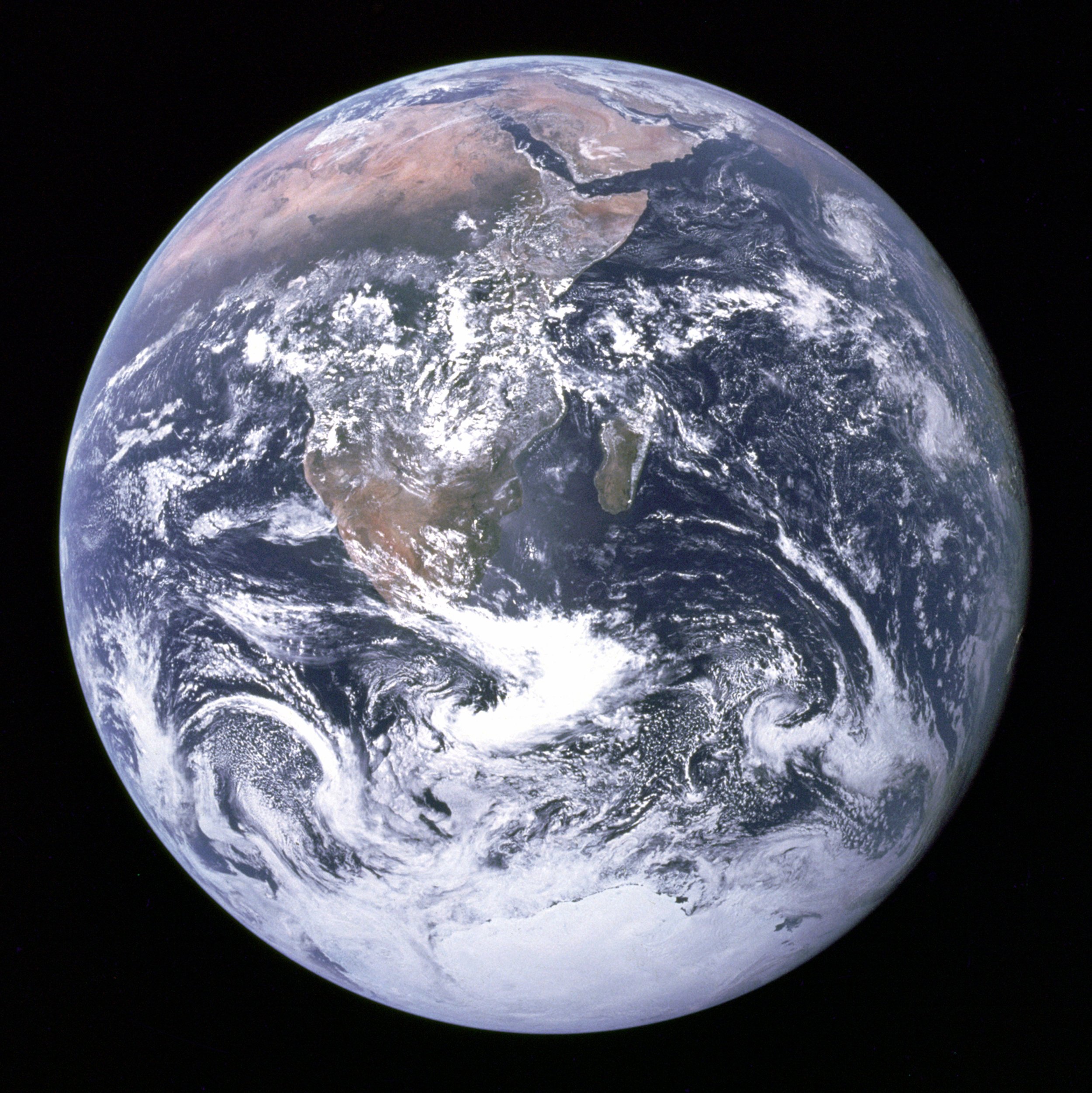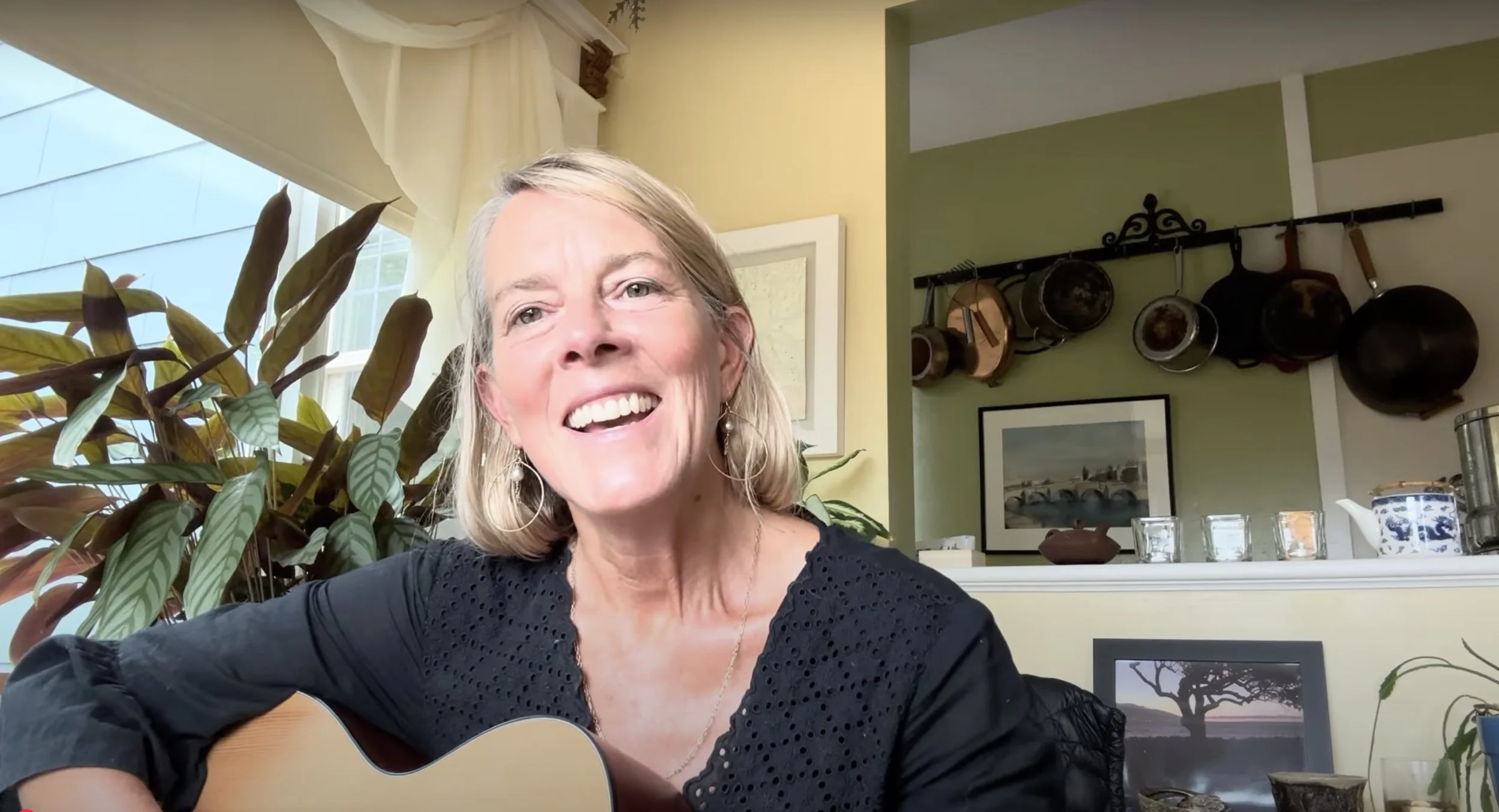Articles
An Op-Ed I wrote in the Seattle Times about the missed opportunities in The Seattle Art Museum’s decisions in renovating its properties in the early 2000s.
“Creativity is our ability to imagine and bring into being the material and immaterial worlds. So it’s beautiful like the Roman Aqueducts, floating wind turbines, or cloud computing, and it’s horrible like the 9-11 mastermind, the medieval rack or the atomic bomb.”
At a time when the world seems to be exploding in conflict, I call out the need to examine our rigid assumptions that may have become orthodoxies and consider a wider lens on all things.
In this essay, I highlight the essential role of the fool and his/her capacity to challenge our assumptions about what we accept as the truth, the key to any creative endeavor worth its salt. This may be more relevant now in 2025 than when I wrote it in 2021.
“When the human beings inside of institutions are allowed time for self-reflection, and leadership at all levels tolerates the ambiguity that comes with sharing power across hierarchy, there is more life, vitality and expansion. There is more creativity, healthy conflict, equity and trust.”
Talks on creativity
Sample Projects
inspiration
A year into learning to play guitar and write my own songs, a new one has emerged that gives me more of a sense of what’s possible when I give time to my creative expression.
Herbie Hancock offers us a rare view into his relationship to Miles Davis, one of the most renowned and iconic jazz musicians of the 20th century. This clip is one I will watch again and again as a reminder that there are no mistakes, just infinite possibilities.
A short collection of research that most closely align with my understanding of creativity, how it can be cultivated and why it’s so essential in our human development.
A fascinating and important talk by cognitive scientist Donald Hoffman about the nature of reality























